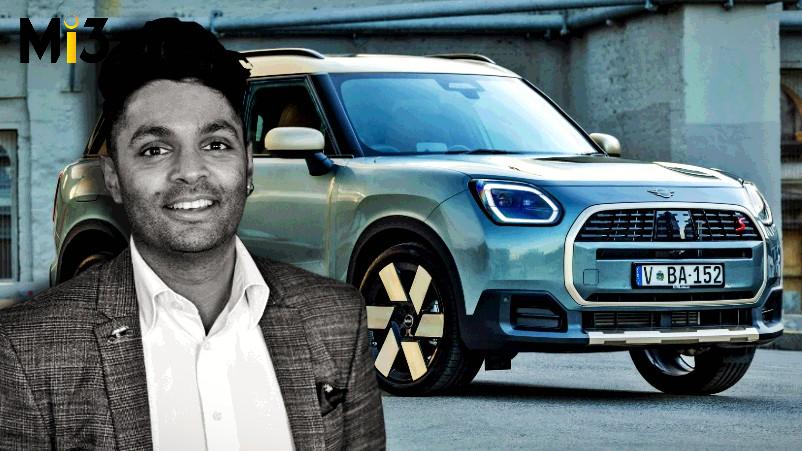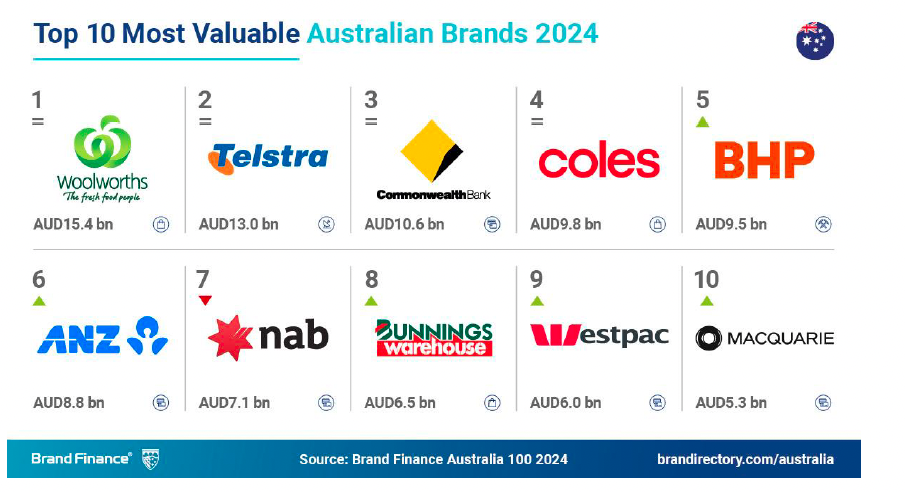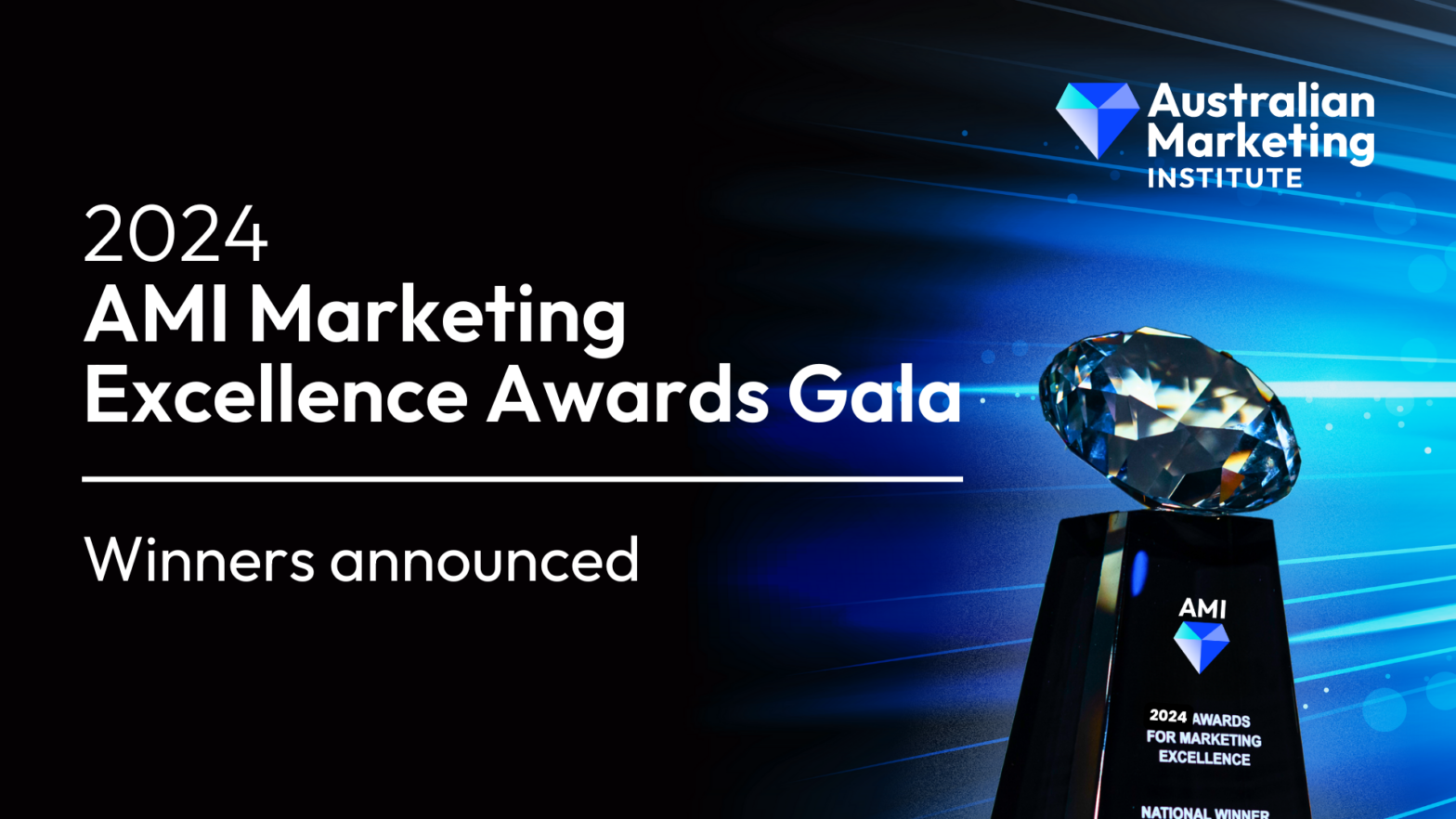Making Mini bigger: Mini ANZ top marketer on shifting ‘small car’ perceptions with larger SUV; balancing brand distinctiveness-EV sustainability conundrum

What you need to know:
- Mini Australia has embarked on a new marketing strategy for a fresh generation of vehicles on offer this month locally. The range consists of three next-generation electric cars including an electric-only new product brand, Aceman, plus its largest-ever Countryman SUV.
- The brand has struck a new partnership with The Block host, Neale Whitaker, as part of a range of earned, owned and paid activities it’s now embarking on to raise awareness of the new range with “Sinks, Dinks and families”.
- Balancing Mini’s distinctive brand attributes with sustainability messaging is the tightrope Mini ANZ marketing leader, Nikesh Gohil, and his team are trying to walk in what he admits is the one of the most competitive car markets globally.
- While getting people educated around Mini’s EV performance and attributes is key, research told the marketing team the key to its go-to-market plans has to be positioning Mini first and foremost in terms of its iconic DNA, and heritage, to ensure differentiation. Only secondly can it be about being an EV, Gohil says.
Mini’s big year
It sounds like a contradiction: Raising awareness of the bigger stature of Mini’s latest Countryman vehicle. But that’s one of the top priorities for Mini’s ANZ head of marketing, Nikesh Gohil, as his team puts the finishing touches on plans to market a new generation of cars arriving on Australian shores.
Sticking to what’s unique about Mini first, then everything else second, remains at the heart of the group’s marketing strategy as the next generation line-up of vehicles becomes available this month. Three next-generation electric models are in this mix: The classic Mini Cooper; an all-electric Countryman SUV; and a fresh in-between product brand, the electric-only Aceman. The vehicles globally premiered in September last year, with the Aceman first revealed at the Beijing Motorshow in April.
And it’s literally a big year for building awareness of the Mini Countryman, which has been growing in size to accommodate the entrance of the Aceman, as well as to match Australia’s preference for large SUVs.
Per industry sales data, SUVs were the most popular type of car in a record-breaking 2023, making up 55.8 per cent of Australian purchases, or more than 600,000 vehicles. Across the board, EVs made up 7.2 per cent of total sales while the combination of electrified, hybrid and PHEV accounted for 16.2 per cent.
To help in its quest to show up bigger, Mini Australia has enlisted media personality and The Block presenter, Neale Whitaker as its first ambassador, or ‘Friend of Mini’, for the ‘Next Generation’ range launch with particular focus on the all-new Mini Countryman. It’s a play tying into efforts to amp up lifestyle, cosmopolitan brand connotations, efforts being supported by heightened PR activity around lifestyle publications.
Gohil, who has been on the Mini brand for five years and worked for parent company BMW Group for eight, positions the Countryman range within the premium small SUV segment. The SUV comes in both petrol and electric form, with different power and battery variants and the high amount of customisation Mini cars are known for.
Mini is a tiny – ahem – brand within this mix you won’t find in many of the industry reports. (Last year it sold 4,289 cars in Australia, up 43 per cent, though this year that growth has meant tougher comps.) But Gohil claims a dedicated and loyal customer base that’s bought into what makes Mini distinctive. The challenge ahead is getting more audiences to become aware of, and consider, Mini’s broadening range.
“We very much see this [new Countryman] as an opportunity to talk to new audiences that have loved the Mini brand, but haven’t been able to continue living with one because of changing circumstances in families,” Gohil tells Mi3. “This is a great opportunity to talk to customers who probably thought that a Mini is too small, but can see this is very much a practical vehicle.”
Target cohorts include single income no kids (Sinks) and dual income no kids (Dinks) as well as families. “It would be people that have young kids or are looking for that one vehicle that can be able to that,” Gohil continues. “In the past, our Countryman, while considerably larger compared to the rest of our vehicles, wasn’t as well recognised for that. The greatest benefit of our brand is we have such great awareness. Yet it can also be challenging because people think we’re small. It’s a bit of a twist we’re on particularly with the Countryman to showcase its size and space.
“Beyond the cute marketing logos we have, which is Mini to the Max and an extra dose of Mini-ness within these vehicles, the proof points we are trying to showcase are size, space and practicality – the hard facts. That includes 505 litres of boot capacity, which is very much within the small SUV segment in terms of size and space.”
Another key aspect of creative visually is demonstrating the Countryman’s presence on the road. “Not only does the car look physically different, we’re communicating and using all our various channels, particularly social, press, digital, and above-the-line media to showcase this is a brand new vehicle, and it’s a lot bigger than you would expect,” Gohil says.
There are so many components that enhance Mini’s sense of individuality we look to communicate. But trying to do that in a 30-second ad is hard. That’s where all these additional components – working with content creators, influencers, and PR to showcase all of these beautiful little components within the Mini brand – is where we're certainly focusing.
Sustainable choices
Bigger car formats, electric credentials, a new product range – it’s a lot of mainstream car stuff for a brand trying to retain brand distinctiveness in one of the most competitive car sales markets globally.
Communications leading up to the arrival of the new vehicles has focused on price, customisable specifications across Mini’s configurator, and showcasing the brand DNA of being go-kart fun – and then highlighting its sustainability credentials.
“We did research when we launched our first-generation electric vehicles to understand what’s the proposition of our vehicle, and where does it slot within what is an incredibly competitive market. A lot of our insight has come back to the belief we’ve had, which is our vehicles are very much a Mini first and foremost in terms of its iconic DNA, and our heritage. That’s our point of differentiation, which we love. And secondly, it’s an EV,” explains Gohil.
His predecessor, Alex McLean, now heading marketing at parent company BMW, takes the same line – and suggests brand will be the differentiator when all carmakers are pushing electric vehicles. But Gohil thinks Mini’s brand has some natural EV synergies.
“Our brand DNA is about go-kart handling and fun. The added benefit of having an electric drivetrain, which is the ability to provide instant power and instant torque, has meant we had the capability of having our Mini brand DNA almost on steroids,” said Gohil. “So a lot of our comms is it’s a Mini first, and then it’s an electric.”
That doesn’t mean the hard facts of electric aren’t being shared. Mini is highlighting the differences between the petrol vehicles and electric vehicles, from the obvious components of charging and driving to an extended kilometre range per charge. Mini is now overhauling the website to showcase richer information on electric.
But for Gohil, Mini’s heritage back to the 1950s also offers a much more comprehensive sustainability story it can tell. The first-ever Mini was in fact created to address the needs of a fuel crisis by developing a small vehicle that was practical, fuel efficient “but also incredibly fun to drive”, he says.
“Going electric is one thing in terms of sustainability but there’s so many facets that can be perceived as being sustainable. That’s where we have the cred and actual facts to validate it.”
A case in point: All vehicles in the next-generation range are 100 per cent leather and chrome free. In addition, materials used include recycled polyester and PET bottles. Mini’s Oxford UK plant has 11,500 solar panels producing much of the electricity for production, and water used goes through reverse osmosis for recycling. The Leipzig plant where the latest Countryman cars are built uses wind turbine electricity and green hydrogen in the paint baking process, removing fossil fuels from the process and cutting CO2 emissions.
Helping boost perceptions of Mini’s EV performance meanwhile, are earned reviews through Carsales, Drive and CarExpert. “The proof was in the pudding that a lot of journalists that did go and test these cars overseas liked them. That only adds to that component of consumers really wanting to test drive these cars and see exactly why they’re so good,” comments Gohil.
Other activities in coming months include boosted and above-the-line media campaigns across out-of-home, digital out-of-home, online videos, social display, plus a heavy involvement with investments and partnerships across car media outlets. Mini’s local media agency is Atomic.
Mini is also putting extra focus on lifestyle media through PR activity. “Mini is very much a cosmopolitan, lifestyle brand. There’s such a fantastic angle we could communicate more from a lifestyle media perspective and that’s complemented by social, influencer and content creator strategy,” Gohil says, with a nod to the new Whitaker partnership.
“We want to keep focusing on driving awareness, not only of all of our vehicles but also our electric ones. It’s that day in the life of people driving around in our Mini Countryman and showcasing how easy it is to live with an electric vehicle.”
Gohil’s biggest ambition for 2024 is to grow awareness and consideration of the Mini Countryman. “Driving commercial results is about ensuring people put the Mini Countryman on their shopping list in what is a very competitive segment. I know that sounds incredibly boring, but the way we want to focus is on driving the Mini way, then looking at all of the technology and innovation in our vehicles,” he adds.
“There are so many components that enhance Mini’s sense of individuality we look to communicate. But trying to do that in a 30-second ad is hard. That’s where all these additional components – working with content creators, influencers, and PR to showcase all of these beautiful little components within the Mini brand – is where we’re certainly focusing.”





